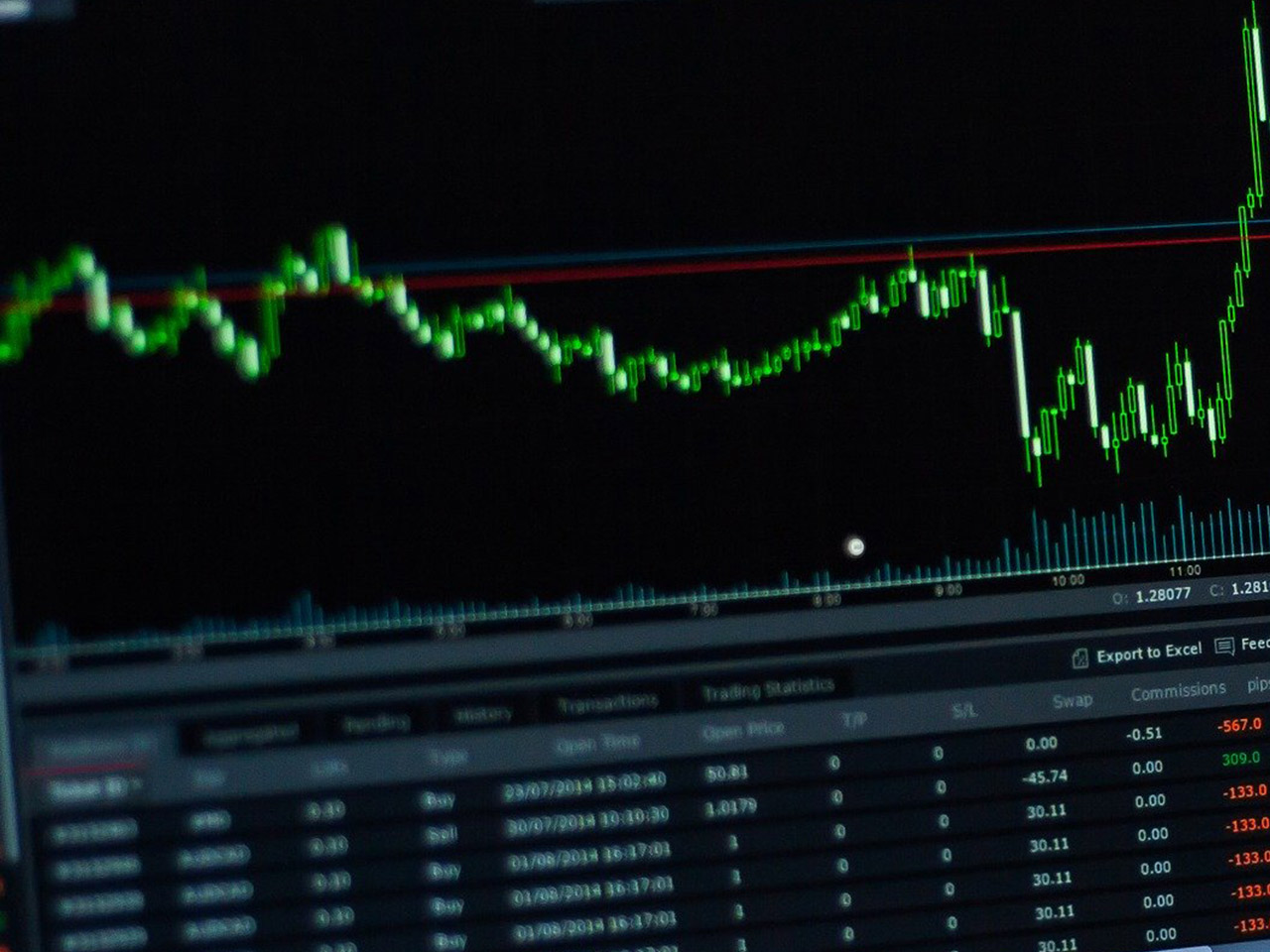GRAIL, Inc. (NASDAQ: GRAL), a prominent player in the healthcare sector, is making significant strides in the diagnostics and research industry. Headquartered in Menlo Park, California, GRAIL is renowned for its innovative multi-cancer early detection tests, most notably the Galleri test, which targets asymptomatic individuals over the age of 50. Despite its groundbreaking contributions to cancer detection, investors are presented with a complex valuation scenario that requires careful navigation.
Currently trading at $85 per share, GRAIL’s stock has experienced a volatile 52-week range, oscillating between $12.94 and $91.85. The recent price change of -0.05%, reflecting a dip of $4.39, may not fully capture the underlying challenges and opportunities for the company. With a market capitalization of $3.06 billion, GRAIL holds a significant position in the healthcare industry, yet its financial metrics reveal a company in the midst of evolution rather than stabilization.
The firm’s valuation metrics are notably unconventional. The absence of a trailing P/E ratio and the presence of a negative forward P/E of -7.23 indicate that GRAIL is currently unprofitable on an earnings-per-share basis, reporting an EPS of -11.71. Furthermore, the company’s return on equity stands at a concerning -17.68%, underscoring the financial strain of its growth initiatives. The free cash flow position of -$142.5 million further highlights the capital-intensive nature of GRAIL’s operations and its reliance on external funding or future revenue growth to sustain its development.
Revenue growth, a more positive metric for the company, is marked at 11.20%, suggesting that GRAIL is expanding its market presence. However, this growth has yet to translate into net profitability or significant shareholder returns. The absence of a dividend yield or payout ratio reinforces the focus on reinvestment over immediate shareholder distribution.
The analyst perspective on GRAIL presents a cautious yet hopeful stance. With one buy rating and three hold ratings, the consensus reflects a wait-and-see approach. The target price range of $38.00 to $85.00, with an average target of $61.50, suggests a potential downside of 27.65% from the current price. This discrepancy between current trading levels and analyst expectations suggests that investors should brace for possible market corrections as the company works to stabilize its financial footing.
From a technical standpoint, GRAIL’s stock is trending above its 50-day moving average of $52.49 and its 200-day moving average of $39.35, indicating short-term bullish momentum. The RSI of 65.98 places the stock in the overbought territory, which may prompt cautious investors to consider potential selling pressure. Meanwhile, the MACD of 9.89 surpassing the signal line of 9.62 further supports a bullish trend, although investors must remain vigilant for shifts in market sentiment.
GRAIL’s innovative approach to cancer detection through its Galleri test and other diagnostic services positions the company at the forefront of healthcare advancements. However, the financial and technical metrics paint a picture of a company that is still navigating the complexities of its growth phase. Investors interested in GRAIL must weigh its potential for long-term impact against the current financial volatility and the potential for stock price adjustments. As the company continues to develop and refine its offerings, GRAIL represents both a promising opportunity and a cautionary tale for those looking to invest in the future of healthcare diagnostics.






































